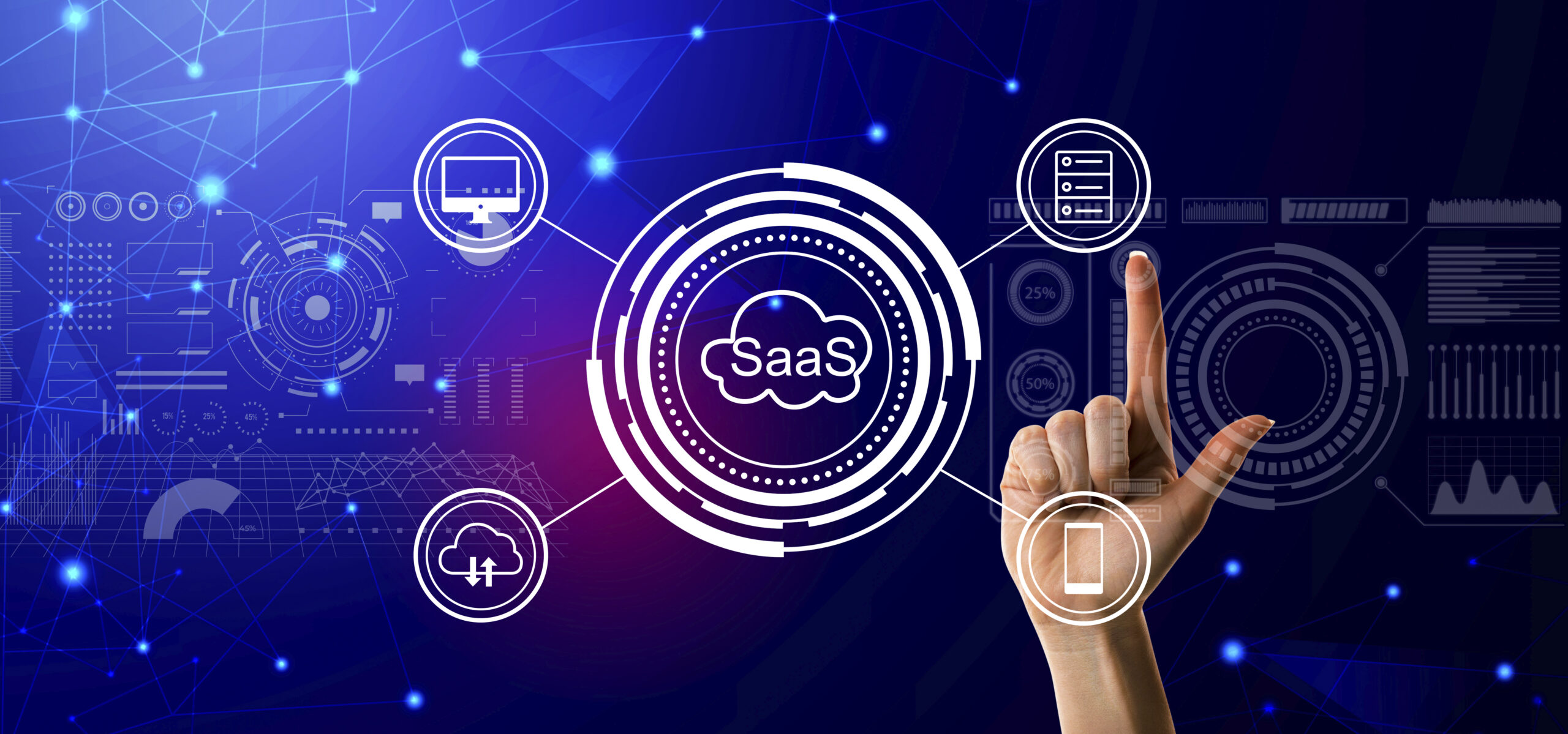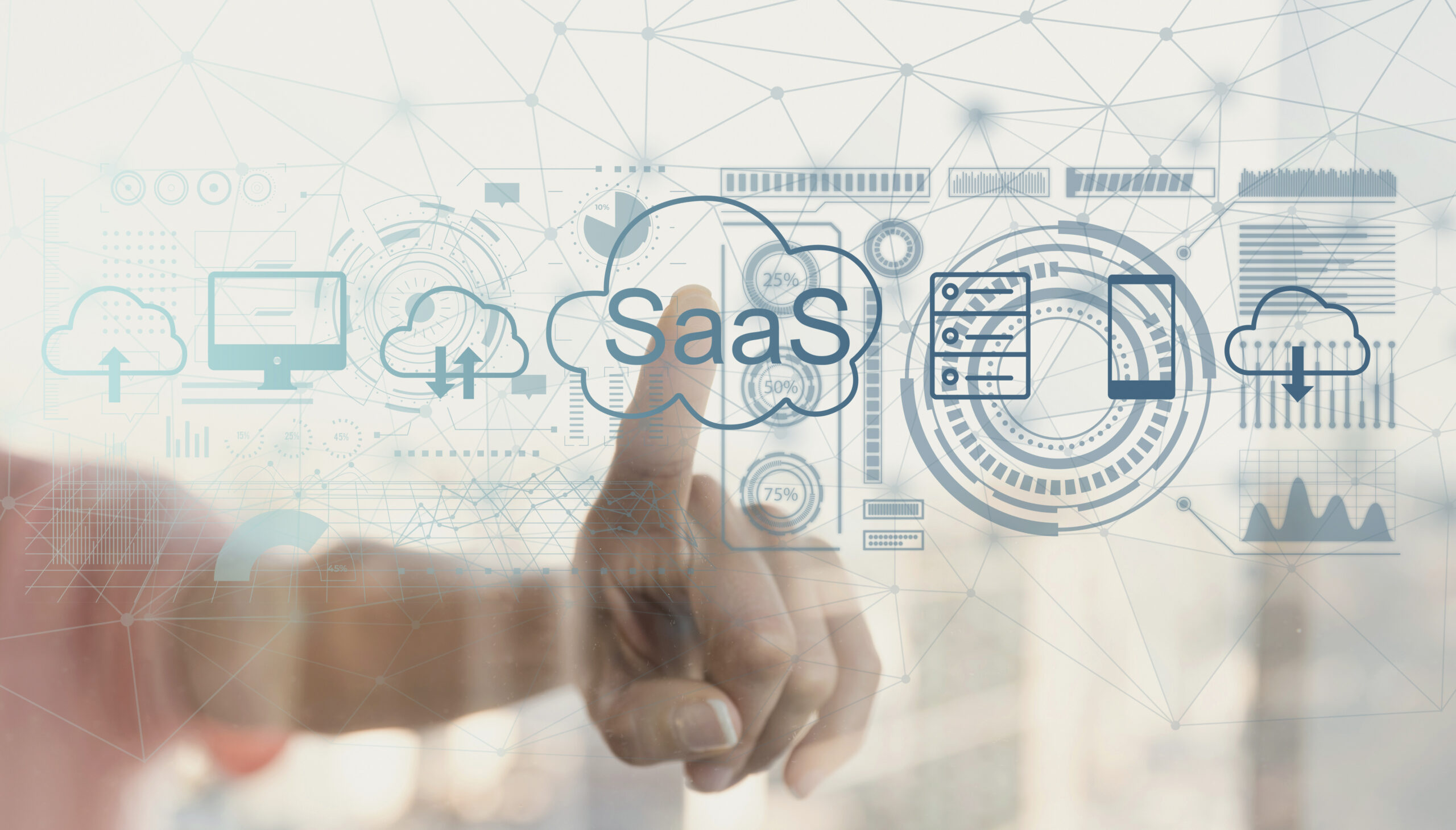What is Enterprise Application Integration (EAI)?
Enterprise Application Integration (EAI) is the process of seamlessly connecting various enterprise applications to enable efficient data sharing and automated workflows. Modern organizations rely on multiple software solutions, including Customer Relationship Management (CRM), Enterprise Resource Planning (ERP), Supply Chain Management (SCM), and Human Resource Management (HRM). EAI ensures these systems work cohesively, eliminating data silos and improving operational efficiency.
Why is EAI Important for Businesses?
In today’s digital era, businesses handle large volumes of data across different departments. Without proper integration, these systems function in isolation, leading to inefficiencies, redundancy, and data inconsistencies. EAI provides a unified platform, ensuring real-time data synchronization, improved decision-making, and enhanced business agility.
Key Benefits of Enterprise Application Integration
1. Improved Business Processes
EAI streamlines business processes by automating workflows and reducing manual intervention. This leads to faster and more accurate operations across departments.
2. Real-Time Data Access and Synchronization
Integrated applications share real-time data, improving decision-making and responsiveness. For example, sales teams can access updated inventory data from ERP systems, avoiding stock shortages or overstocking issues.
3. Reduced IT Complexity and Cost
By implementing EAI, organizations reduce the need for custom-built integration solutions, leading to significant savings in IT costs and maintenance efforts.
4. Enhanced Customer Experience
A unified system ensures customer information is updated across all platforms, enabling personalized interactions and better service delivery.
5. Scalability and Future-Proofing
With a well-structured EAI strategy, businesses can easily scale their operations and integrate new applications without disrupting existing workflows.
Types of Enterprise Application Integration
1. Data-Level Integration
This involves direct data sharing between systems using database replication or ETL (Extract, Transform, Load) processes. It ensures data consistency but requires high maintenance.
2. Application Interface-Level Integration
EAI connects applications through APIs (Application Programming Interfaces), enabling seamless communication and interoperability between systems.
3. Business Process Integration
This method focuses on integrating business workflows across applications. It ensures end-to-end automation and eliminates process bottlenecks.
4. User Interface-Level Integration
UI-level integration merges multiple application interfaces into a single dashboard, providing a unified user experience without modifying backend processes.
Common EAI Approaches and Technologies
1. Service-Oriented Architecture (SOA)
SOA enables applications to communicate using web services. It provides flexibility, modularity, and scalability, making it ideal for modern EAI solutions.
2. Middleware Solutions
Middleware acts as a bridge between disparate applications, enabling communication and data exchange. Popular middleware solutions include IBM WebSphere, Oracle Fusion, and Microsoft BizTalk.
3. Enterprise Service Bus (ESB)
ESB is a centralized communication layer that routes data between applications. It simplifies integration by eliminating point-to-point connections.
4. Cloud-Based Integration Platforms
Modern businesses leverage iPaaS (Integration Platform as a Service) solutions like MuleSoft, Boomi, and Zapier to integrate cloud and on-premise applications.
Challenges in Enterprise Application Integration
1. Data Security and Compliance
Integrating multiple applications increases the risk of data breaches and regulatory non-compliance. Organizations must implement robust encryption and access control measures.
2. High Implementation Costs
EAI solutions require significant investment in infrastructure, software, and skilled personnel. However, long-term cost savings outweigh initial expenses.
3. Complexity in Legacy System Integration
Older systems may not support modern integration methods, necessitating custom adapters and middleware solutions.
4. Performance and Scalability Issues
As organizations grow, integrated systems must handle larger data volumes without performance degradation. Scalable architectures like microservices can address this challenge.
Best Practices for Implementing EAI
1. Define Clear Integration Goals
Identify the specific objectives of EAI, such as improving data accuracy, streamlining workflows, or enhancing user experience.
2. Choose the Right Integration Approach
Select the most suitable integration method based on business requirements, budget, and existing IT infrastructure.
3. Ensure Data Standardization
Use consistent data formats, protocols, and naming conventions to enable smooth data exchange between applications.
4. Implement Robust Security Measures
Adopt encryption, authentication, and access control policies to protect sensitive business data.
5. Monitor and Optimize Performance
Continuously monitor data flow, system performance, and error logs to identify and resolve integration bottlenecks.
Future Trends in Enterprise Application Integration
1. AI-Powered Integration
Artificial Intelligence (AI) and machine learning-driven integrations will automate data mapping, anomaly detection, and predictive analytics.
2. Low-Code/No-Code Integration Platforms
Business users will leverage drag-and-drop interfaces to integrate applications without extensive coding knowledge.
3. Hybrid Cloud Integration
Organizations will increasingly adopt hybrid integration solutions to seamlessly connect on-premise and cloud-based applications.
4. Blockchain for Secure Data Exchange
Blockchain technology will enhance data integrity and security in enterprise integrations, ensuring tamper-proof transactions.
Conclusion
Enterprise Application Integration (EAI) is crucial for organizations seeking efficiency, scalability, and seamless data flow. By adopting the right EAI strategy, businesses can enhance their operational efficiency, customer satisfaction, and competitive advantage. As technology advances, EAI will continue evolving, enabling smarter and more automated business processes.











